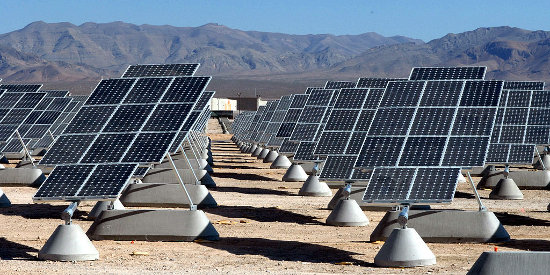This SEI policy brief outlines some of the key challenges in putting the enhanced transparency framework of the Paris Agreement into practice, and offers recommendations for the way forward.

The “enhanced transparency framework”, set out in Article 13, is one of the main elements of the Paris Agreement. Transparency is crucial to the success of the Agreement: both with regard to the actions undertaken by Parties, and to the financial, technological and capacity-building support provided and received by some Parties. Transparency can help build trust and confidence among Parties, by clarifying the level of implementation efforts made to achieve commitments in the Agreement.
Transparency can also help the Parties achieve a shared understanding of their collective and individual efforts. By gathering clear and comparable information about nationally determined contributions (NDCs), the transparency framework can help mobilize domestic support for stronger climate action and international cooperation, and identify opportunities to enhance Parties’ efforts. Finally, the transparency framework may help hold Parties accountable for meeting their commitments and continuing to increase their ambition.
The Paris Agreement and the accompanying Decision 1/CP.21 offer a fair amount of detail on the design and operation of the transparency framework, but they leave many important details to future negotiations. Article 13 also contains wording that will likely be heavily contested.
This policy brief examines those and other challenges related to the transparency framework and offers recommendations for the way forward, starting with the Marrakech Climate Change Conference (COP22) in November 2016.
Download the brief (PDF, 2.51MB)
Design and development by Soapbox.